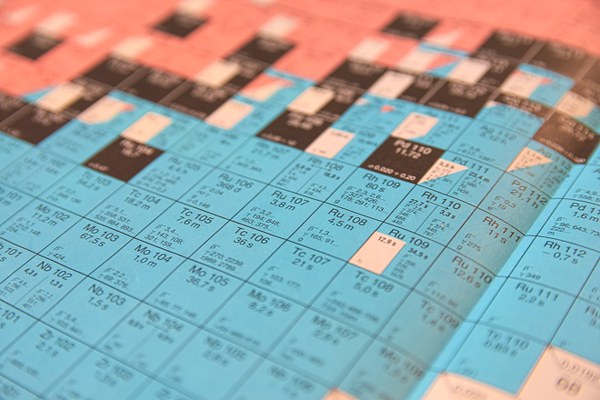Radiopharmakaproduktion
Das INM-5 produziert Radiotracer (auch Radiopharmaka genannt) für die Positronen-Emissions-Tomographie (PET) und beliefert sowohl die FZJ-internen Institute als auch externe Universitätskliniken.
Das Institut bearbeitet überwiegend Aufgaben, die den Einsatz nuklearer Methoden erfordern. Insbesondere die Entwicklung neuer radioaktiv markierter Substanzen, die als Radiopharmaka für bildgebende Verfahren, wie Positron Emission Tomography (PET) oder Single Photon Emission Computed Tomography (SPECT), am Menschen für medizinisch-diagnostische Fragestellungen eingesetzt werden können. Mehr über uns...
Direktor: Prof. B. Neumaier


